Career Profile: Marie-Lise Oulmont
As part of our Career Profile series, we had the privilege of speaking with, Marie-Lise Oulmont, Senior Associate and Architect at Nissen Richards Studio. We’re so pleased to share Marie-Lise’s journey and hope you can find inspiration in her journey to encourage your creative career.

Please could you introduce yourself and Nissen Richards Studio?
I am Marie-Lise Oulmont, a Senior Associate and architect at Nissen Richards Studio, working in the fields of architecture, exhibition design and interior design. I am also a postgraduate design tutor in Architecture, teaching at London Metropolitan University as part of a special Nissen Richards Studio unit.
We are a London-based, multidisciplinary design studio, established In 2010 and led by Pippa Nissen and Jim Richards. We specialise in arts and culture-based projects, working with some of the leading museums and galleries, both in the UK and internationally. I joined Nissen Richards Studio 9 years ago and have been part of its growth into an established and specialised practice.
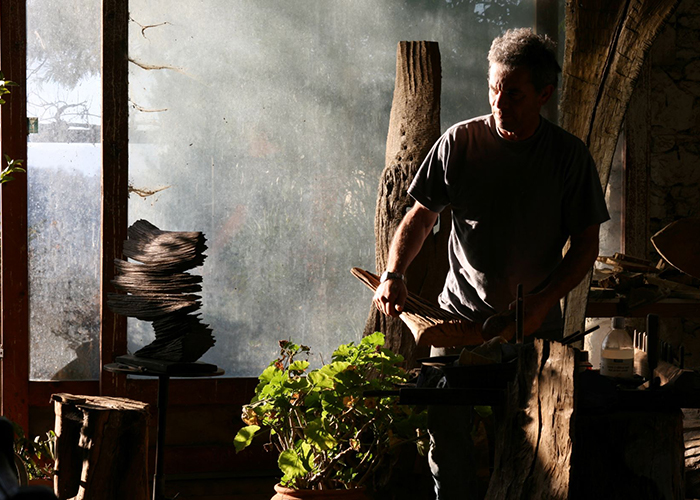
Father and Sculptor, Jean Patrice Oulmont
When did you discover that you had a passion for design and architecture?
My family has had a long affiliation with the arts. My great grandfather set up the Oulmont Foundation to promote the wider arts in France and specifically young talented artists. My father, Jean Patrice Oulmont, is a prominent sculptor whose work has heavily influenced my path in the arts. I had wanted to be an artist from a young age but, when I was introduced to architecture by an inspiring and encouraging secondary school teacher, my course changed. I felt I had found my calling.
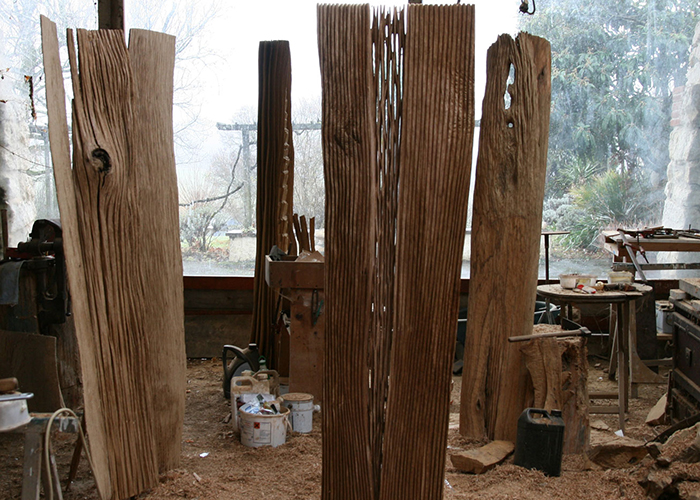
Father’s Atelier
What is your educational background?
I was brought up in a bilingual family in the South of France and came to the UK after completing my French baccalaureate with distinction, with a major in art and literature.
I studied for my architecture undergraduate degree at Brighton School of Architecture. This was followed by a move to London to take my postgraduate degree at Westminster University. There I met and studied under Jeanne Sillet, who was the most inspiring of all my mentors. Her studio ethos was based around celebrating the architecture of the everyday, from overlooked trades to vernacular architecture, transforming our concepts into rigorous poetic proposals. This was when I cultivated a specific interest in the relationship between landscape, its usage and the possibility of readjustment.
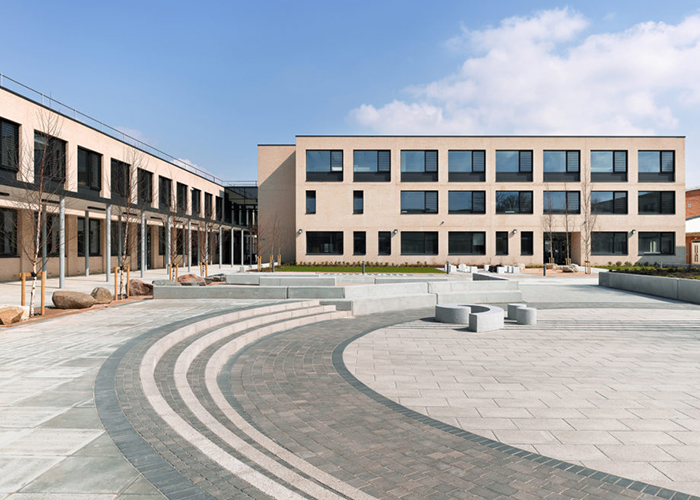
The Victory Academy in Kent for Nicholas Hare Architects
What was your first step onto the career ladder? What did you learn from this role?
My first architectural position was my Part 1 placement in a small practice based in Bermondsey. This is where I fully appreciated the disconnect between theoretical work, teaching in university and work in practice. The apprenticeship was critical in helping me hone my skills and learn the craft. Prior to returning to complete my postgraduate degree I had the opportunity to spend 3 months at university in Havana in Cuba. This was a profoundly rich cultural experience, both architecturally and socially.
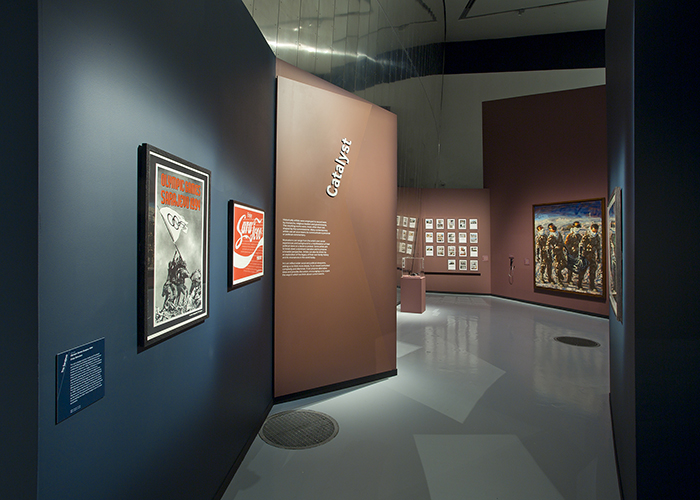
The Catalyst Exhibition at IWM Norther – First Project for Nissen Richards Studio
How did your career progress?
I graduated with a distinction from my Postgraduate diploma in 2010. This unfortunately coincided with the financial crash. Job prospects in the industry were few and far between. However, I was fortunate to be offered a position at Nicholas Hare Architects. I worked directly under Nick Hare on some key projects such as Bristol Cathedral Choir School and The Victory Academy in Kent. Nick was a brilliant architect and inspiring leader. The transformative nature of these projects was greatly rewarding. After 5 years I moved to Nissen Richards Studio, excited by the prospect of change, in a sense of scale, sector and culture.
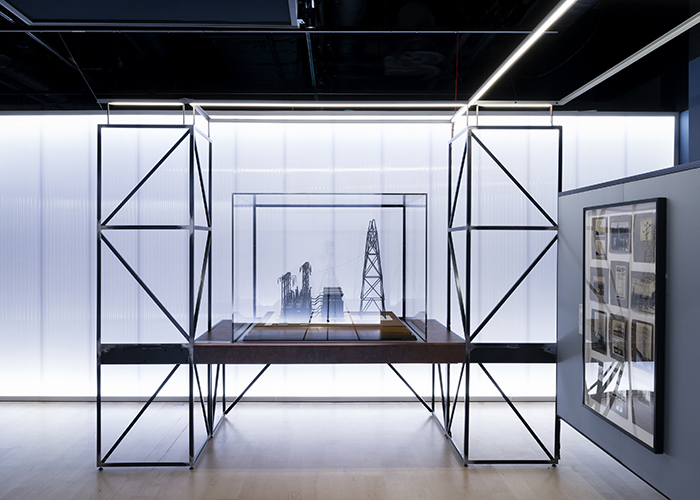
Electricity The Spark of Life – Wellcome Collection
What were your highlights during this period?
At Nissen Richards Studio, I have had the opportunity and privilege of working with numerous artists, curators, art historians, lighting designers and specialist contractors. These conversations and collaborations have enriched and refined my own design direction.
During this time, I have also become a mother to two children, Margot and Max. This has led me to readdress the ways in which I work and given me a greater appreciation of time – both in terms of time management and the quality of time. Establishing a successful work life balance has been particularly challenging, however, especially working in a creative industry where passion and commitment are driving factors.
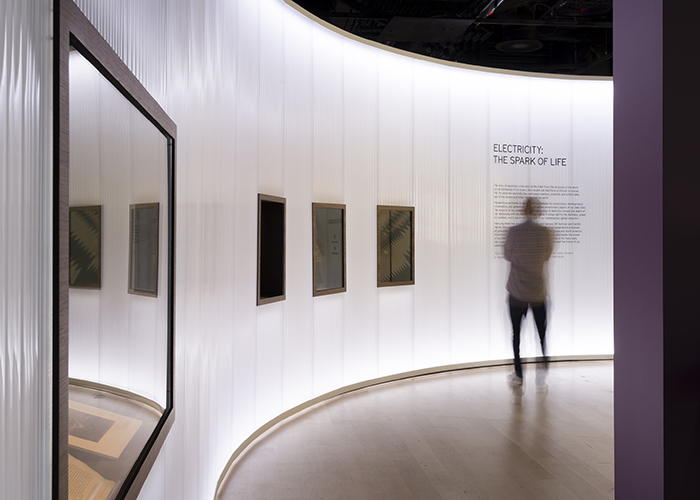
Electricty at The Wellcome Collection by Nissen Richards Studio
Name any key projects you’ve worked on and why were they so important to you and your career path?
Electricity, A Spark of Life at the Wellcome Collection – an institution which promotes innovative design in its exhibitions. This touring exhibition was a testbed for inventive design, display techniques and sustainable materials.
I was the Project Architect for Nissen Richards Studio for the refurbishment of the Courtauld Galleries, which opened at the end of 2021. This was a truly collaborative project, where we worked with the client team to fine-tune every aspect of the new visitor experience, from arrival through all three levels of gallery space, culminating in the extraordinary Great Room. The approach was to introduce elements that worked with the Grade I-listed building in a subtle yet contemporary way, showcasing the Courtauld’s impressive collection. Seeing this project finally open and be experienced by the public has been extremely rewarding.
I am currently working on the transformation of National Portrait Gallery, due to open in 2023. We are working in collaboration with basebuild architect Jamie Fobert Architects. The galleries’ interpretation is taking shape with new additional galleries and an inspiring new hang.
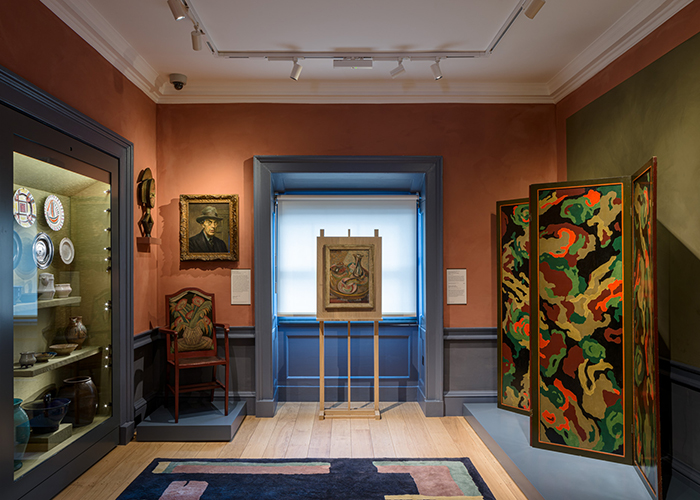
The Bloomsbury Room at the Courtauld Gallery
Do you have a design ethos?
Every brief and every client is different and therefore each project is unique. Rather than having a deliberate design ethos, therefore, I’m far more interested in carefully studying a specific environment and its history, context, purpose and all the character and details that make it what it is and could be.
In cultural buildings, the public is a witness to design as well as being a witness to the material choices made by designers. This is an opportunity to bring together craftsmen, makers, designers and clients to forge a new approach to design, while maintaining a high-quality cultural experience and breaking away from previous patterns of a highly disposable system. Being honest about the material application and the surfaces we use, as well as accepting their imperfections and textures and celebrating their provenance, has always been one of my key design principles.
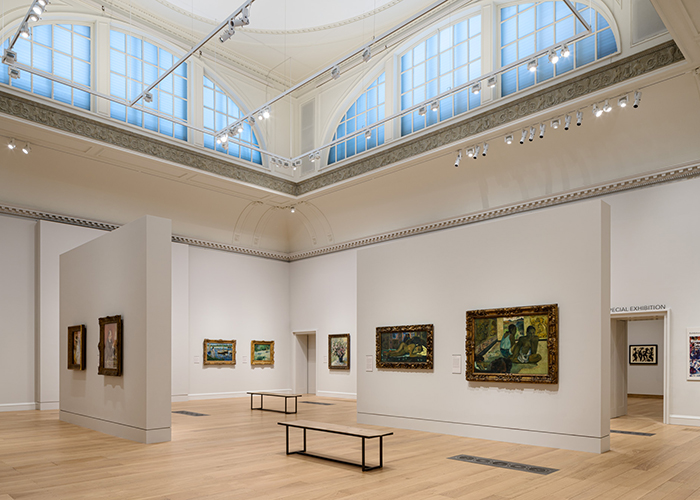
The Great Room at The Courtauld Gallery
What advice would you give to younger architects and designers beginning their profession?
Experience architecture first hand and expand your understanding and appreciation through travel and cultural experiences as architecture is so intrinsically linked to art and culture.
Students should give equal importance to developing ways of representing architecture as much as cultivating and developing working relationships. Fundamentally, architecture is about people and collaboration.
Teaching at London Metropolitan has been incredibly fulfilling in terms of guiding a new generation of students – and mutually inspiring too.
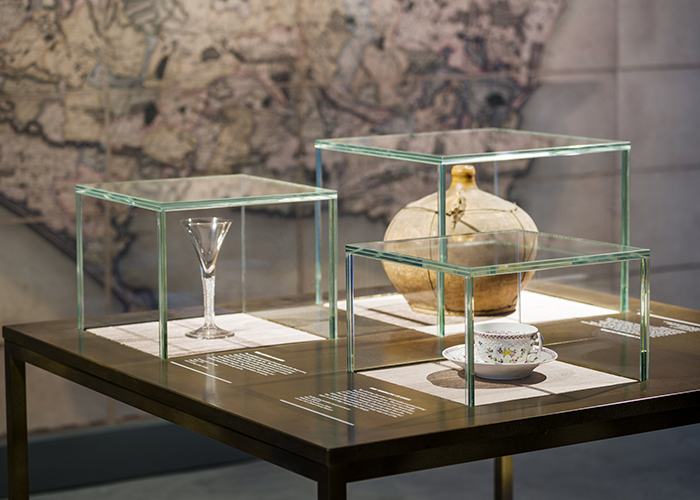
The award-winning Justice in the Balance exhibition at the Shire Hall Historic Courthouse Museum
What are your plans for the future?
Through my career I have worked across both architectural projects and exhibition design projects, so the natural next chapter is to work on projects that combine both disciplines. Our work in practice has led to this naturally, where we are now leading the design on both elements, and they are not seen as mutually exclusive. This is a very rewarding next phase for the practice and one which I am currently helping develop with our work on an exciting – though currently-confidential – project In Norway.
Our practice in the exhibition sector has always had its roots in researching experimental and meaningful materials. This has really come to the forefront of our practice recently where we have focused on new sustainable materials and sustainable process of work: interrogating materials, sourcing locally, using recycled materials such as plastics, paper derivates and textiles, and creating a lighter, less wasteful approach. I see each new project as an opportunity to develop, test and refine this approach further.
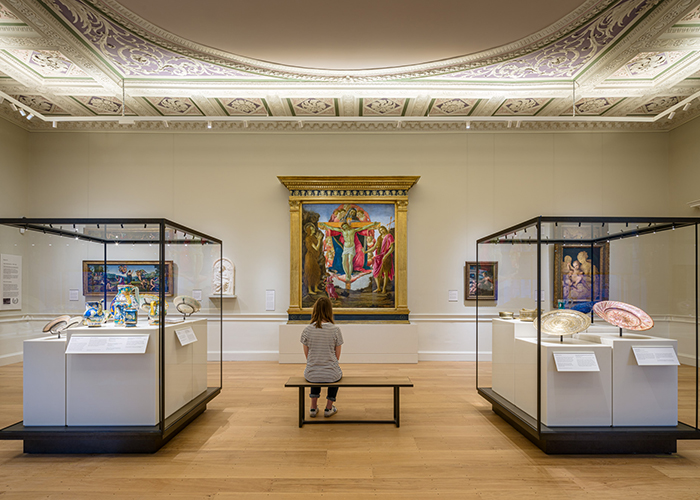
The Blavatnik Fine Rooms at The Courtauld Gallery




